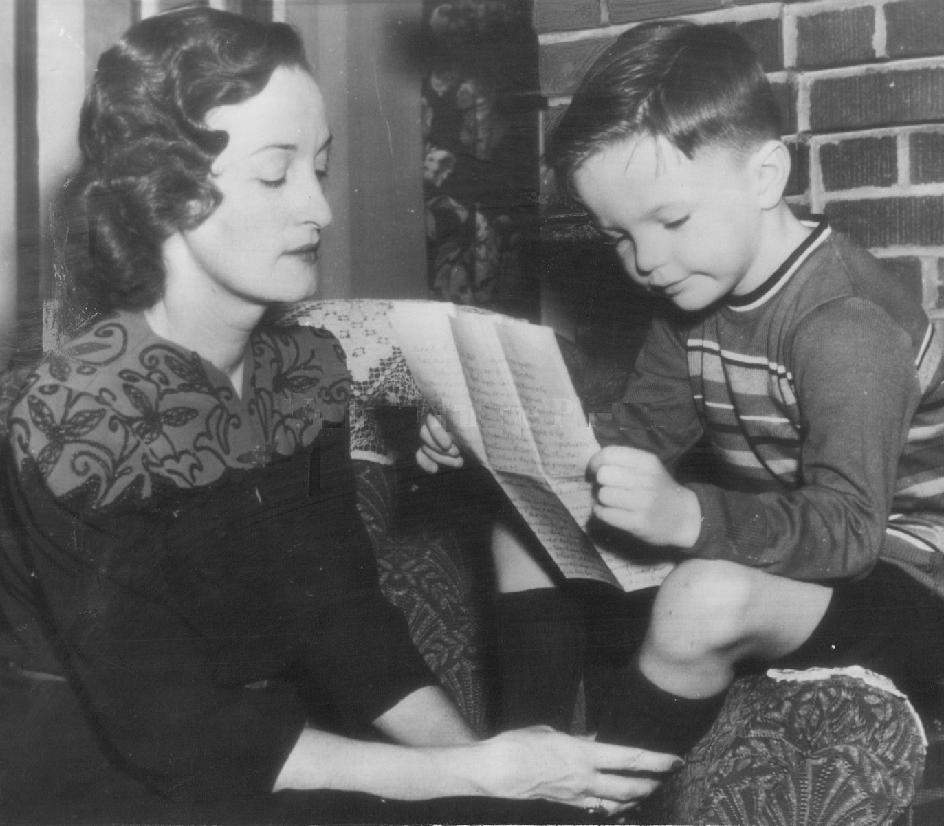
World War II Pacific Naval Campaign: Torpedo Alley (August-October 1942)

Figure 1.--The Imperial Japanese Navy had a very substantial submarine service. It was, however, poorly used and played only a minor role in the War. One campaign where it did play an important role was the South Pacific. The Japanese deployed submarines in the waters around Guadalcanal between the Solomons and New Hebrides (modern Vanuatu). Unlike the American submarines, the Japanese did not conduct a commerce campaign tp cut off supplies to Guadalcanal and Allied bases. Their primary focus was on U.S. Navy warships. American sailors began calling the area south and east of Guadacanal Torpedo Alley. It was here that the Pacific fleet deployed its carriers and a substantial part of its surface asssets to keep the supply lines open to the Marines on Guadacanal and to engage Japanese naval strikes at the Island. One of the important Japanese sucesses was the carrier 'USS Wasp' which was sunk by a Japanese sub. The boy here lost his father who was serving on the Wasp. The press caption read, Five year-old Jackie Shea is shown reading a letter from his father, Commander John J. Shea, who was lost in the sinking of the carrier 'Wasp', while his mother listens. The father wrote the letter telling his son why he went to war and urging him to grow up to be a good man."
|
|
The Imperial Japanese Navy had a very substantial submarine service. It was, however, poorly used and played only a minor role in the War. One campaign where it did play an important role was the South Pacific. The Japanese deployed submarines in the waters around Guadacanal between the Solomons and New Hebrides (modern Vanuatu). American sailors began calling the area south and east of Guadacanal Torpedo Alley. It was hear that the Pacific fleet deployed its carriers and a substantial part of its surface asssets to keep the supply lines open to the Marines on Guadacanal and to engage Japanese naval strikes at the Island. The American carrier groups were also resonsible for protecting the Allied bases at New Caledonia and Espiritu Santo. The Japanese for the most part until the Battle of Santa Cruz did not challenge the American carriers in force. It is not entirely clear why. It is clear that Yamamoto at first did not understand the importance of Guadacanal or the size of the American commitment. In addition, the American carrier strength (Enterprise, Hornet, Saratoga, and Wasp meant that after Midway they would have to be more careful. he bllance slowly began to shift against the Americans. Enterprise was severly damaged in the Battle of the Eastern Solomons (August 25) and had to withdew to Pearl for extensive repairs. The submarine I-26 torpedoed Saratoga (August 31) which also had to be withdrawn. Wasp while supporting a convoy to Guadcanal almost engaged Shōkaku and Zuikaku. The I-19 spoted and torpedoed Wasp (September 14). The damage control teams with the power knocked off were unable to control the fires. She had to be abandoned and scuttled. This meant that only one American carrier group was left in the South Pacific. Targets like carriers was just what every Japanese sub commander set his sights on. While descriptios of these naval battles reoprt these successes, what is often not reported is that the Japanese sunmarine force paid little attention to the merchant marine cargo vessels sailing out from American with men an material to bolster Allied forces in Australia and the South Pacific. A reader stresses that the "reason the Jap sub commanders did not hunt for merchant ships was that they were ingrained from training that only warships were honorable targets." We would add that this was not just a matter of individual sub commander preferences, but the instructions they were given and the patrol areas assigned.
CIH -- WW II

Navigate the CIH World War II Sectiomn:
[Return to Main World War IInaval campaigns: Guadalcanal and the slot]
[Return to Main World War II naval campaign page]
[Return to Main World War II page]
[About Us]
[Biographies]
[Campaigns]
[Children]
[Countries]
[Deciding factors]
[Diplomacy]
[Geo-political crisis]
[Economics]
[Home front]
[Intelligence]
[POWs]
[Resistance]
[Race]
[Refugees]
[Technology]
[Totalitarian powers]
[Bibliographies]
[Contributions]
[FAQs]
[Images]
[Links]
[Registration]
[Tools]
[Return to Main World War II page]
[Return to Main war essay page]
[Return to CIH Home page]
Created: 9:18 AM 3/16/2018
Last updated: 1:41 AM 7/20/2018



